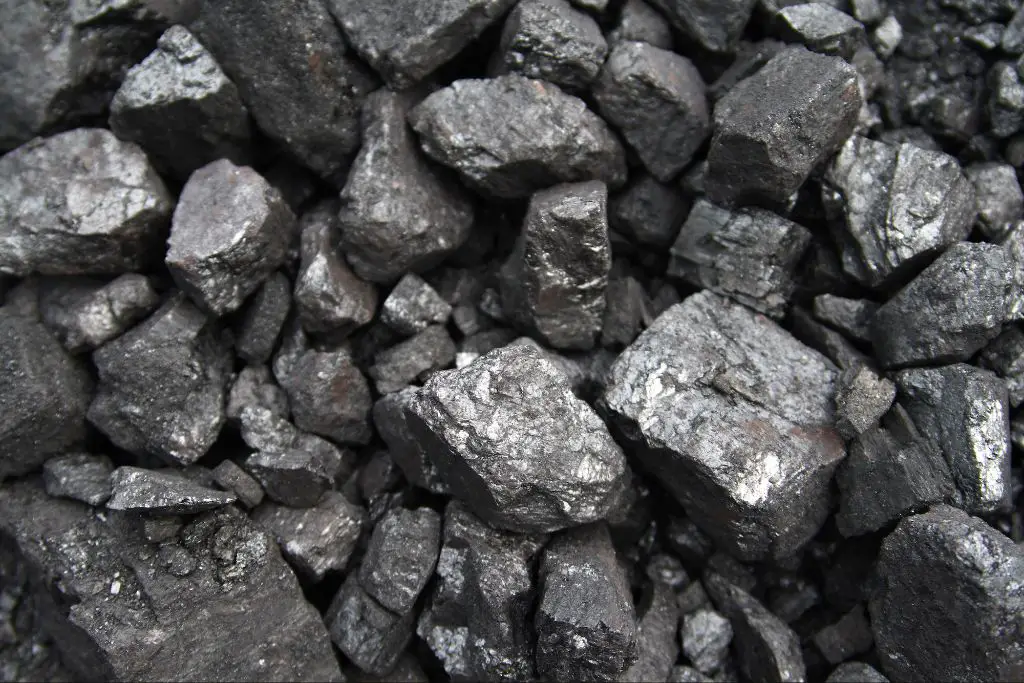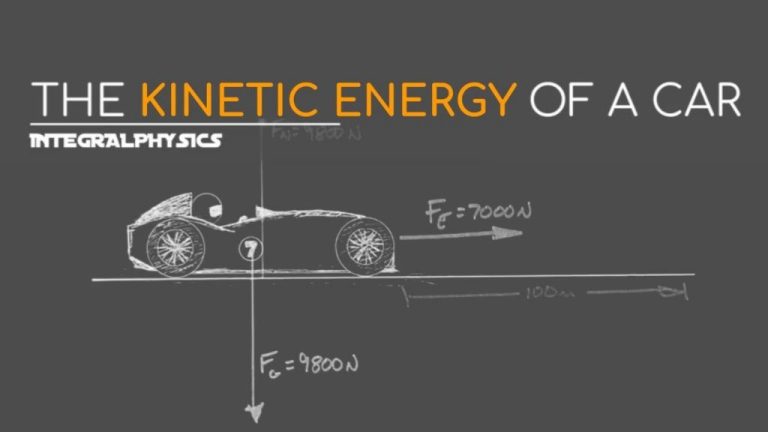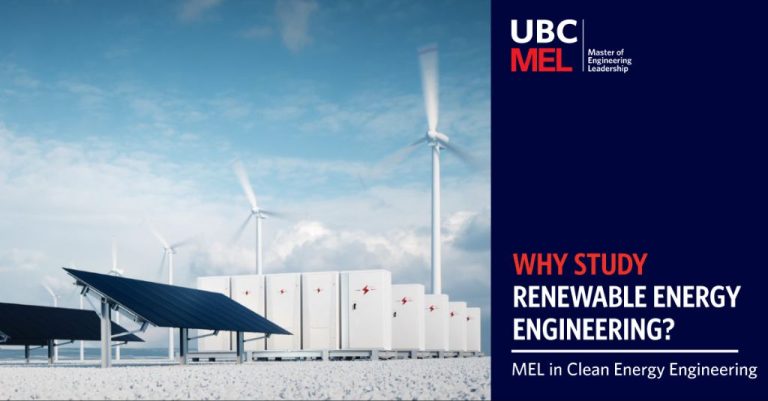What Is Man Made Energy?
Man-made energy refers to energy that has been converted from natural sources into forms that are more convenient for human use. While all energy originally comes from nature, humans have developed technologies to harness natural energy flows and convert them into electricity, fuel, heat, and other useful forms of energy.
Some key characteristics of man-made energy include:
- Derived from natural sources – Solar, wind, fossil fuels, nuclear, hydro, biomass etc.
- Converted into convenient, controlled forms – Electricity, gasoline, natural gas, hydrogen etc.
- Requires advanced technology and infrastructure – Power plants, refineries, dams, wind turbines etc.
- More concentrated and portable than raw natural energy
- Makes modern human civilization possible by powering homes, transport, industry etc.
This overview will examine the major sources and types of man-made energy, their uses, and the technologies involved in their production. Understanding man-made energy is key to analyzing the modern energy system.
Fossil Fuels

Fossil fuels like coal, oil, and natural gas play a significant role in the global energy system and are considered the primary sources of man-made energy today. Most energy used around the world comes from fossil fuels, with coal providing 30.1%, oil providing 33.1%, and natural gas providing 23.9% as of 2018 (Our World Data). The top fossil fuel-producing countries include the United States, Saudi Arabia, Russia, and China (Visual Capitalist).
Coal is a carbon-rich black sedimentary rock that is mined and then burned to generate electricity and heat. Oil refers to crude petroleum and liquid petroleum products derived from crude oil through processes like distillation. Natural gas is a fossil fuel comprised mostly of methane and is used to generate electricity, heat buildings, and power vehicles.
Fossil fuels are energy-dense and have fueled the world’s economic growth over the past century. However, their use contributes significantly to climate change, pollution, and environmental degradation. Many countries are now working to transition to cleaner renewable energy sources like solar, wind and hydropower.
Nuclear Energy
Nuclear energy originates from the splitting of uranium atoms – a process called fission. This generates heat to produce steam, which is used by a turbine to generate electricity (Duke Energy). The fission process involves uranium-235 atoms splitting into lighter atoms, releasing neutrons, radiation, and heat. The heat is used to boil water into steam that spins a turbine to activate a generator, producing electricity.
Inside a nuclear reactor, uranium fuel rods are immersed in water inside a pressure vessel. As uranium atoms split, they release neutrons that split other atoms, creating a chain reaction. Control rods absorb excess neutrons to regulate the reaction. The reactor core water cycles continuously, being reheated and driving the turbine (Department of Energy).
Nuclear fission generates around 10 million times more energy than fossil fuels and is a reliable, low-carbon energy source. However, it also produces radioactive waste that must be carefully stored. Nuclear energy provides about 20% of US electricity.
Hydroelectric Power
Hydroelectric power is one of the largest sources of renewable energy, accounting for over 16% of global electricity generation. It harnesses the power of flowing water by directing it through turbines connected to generators. Some of the largest hydroelectric facilities are massive dams and reservoirs.
The world’s biggest hydroelectric power plant is the Three Gorges Dam in China, with a generating capacity of 22,500 megawatts. Other massive dams include the Baihetan Dam (16,000 MW) and Xiluodu Dam (13,860 MW) in China, as well as the Itaipu Dam (14,000 MW) on the Brazil/Paraguay border.
Most hydroelectric dams use water turbines that are connected to electricity generators. As water flows through the dam from the reservoir, it spins the turbines at high speeds. This rotational kinetic energy then turns the generator rotor to produce electricity. Different designs like Kaplan, Francis and Pelton turbines are used depending on the water flow and head height.
Wind Energy
Wind energy is one of the fastest growing renewable energy sources in the world. Wind turbines convert the kinetic energy in wind into mechanical power, which is then converted into electricity. According to Wikipedia, Denmark produced 55% of its electricity from wind in 2022, the largest share of any country.
Some of the top countries utilizing wind power include China, the United States, Germany, India, and Spain. China ranks number one for installed wind capacity with over 300 GW as of 2021. The United States comes in second with over 130 GW of installed capacity. Large wind farms consisting of hundreds of wind turbines are being built worldwide, especially in regions with high wind speeds.
Advantages of wind power include its renewable, clean energy source that produces no emissions. Wind turbines can also be built on land or offshore and have a small footprint. However, wind power is intermittent and depends on weather conditions. The turbines are also expensive to construct and require large amounts of open land.
Solar Energy
Solar energy is the conversion of the sun’s radiation into useful forms of energy, such as heat and electricity. The two main technologies for generating solar power are photovoltaics (PV) and concentrated solar power (CSP) [1]. PV cells directly convert sunlight into electricity using semiconducting materials like silicon. Arrays of PV modules are used in solar parks and on roofs to provide clean renewable electricity. CSP systems use mirrors to concentrate sunlight to drive traditional steam turbines and engines. Solar thermal collectors also harness solar radiation for heating water or spaces [2]
Some of the top countries utilizing solar power include China, the United States, Japan, Germany, India, Italy, Australia, Spain, and South Korea [3]. China currently has the most installed solar capacity in the world at over 306 GW. The United States has the second highest capacity at 95 GW. Solar power accounts for 3% of total electricity generation in the U.S. The plummeting costs of PV technology and favorable policies have enabled the rapid growth of solar across the globe.
Geothermal Energy
Geothermal energy comes from harnessing the heat below the earth’s surface. Underground reservoirs of hot water and steam can be tapped to drive turbines and generate electricity. According to ThinkGeoEnergy, the top countries for geothermal power generation capacity in 2022 were the United States, Indonesia, the Philippines, Turkey, and New Zealand.
To produce geothermal power, wells are drilled into underground reservoirs to provide a steady stream of steam to operate turbines. The steam turns the turbine blades which spin a shaft connected to a generator, producing electricity. After being used, the steam is condensed into water and is injected back into the reservoir to be reheated.
Geothermal plants provide constant reliable power as the underground steam reservoirs are available 24/7, unlike more intermittent renewable sources like wind and solar power. Geothermal energy has the advantage of providing clean, renewable baseload power capacity. However, geothermal sources are only available in certain locations near tectonic plate boundaries, volcanoes, and hot spots.
Biofuels
Biofuels are fuels that are derived from biomass, including plant materials and animal waste. The two most common biofuels are ethanol and biodiesel.
Ethanol is an alcohol fuel that is most often made from corn, sugar cane, or other plant materials. The United States and Brazil are the top two ethanol producers in the world. In 2022, the US produced over 600,000 barrels of ethanol per day, accounting for over 50% of global production [1]. Most gasoline in the US contains 10% ethanol in an effort to reduce reliance on fossil fuels. Brazil heavily utilizes sugarcane to produce ethanol and is the second largest producer globally.
Biodiesel is made from vegetable oils, animal fats, or recycled greases. It can be used as a replacement for diesel in combustion engines. The European Union produces over half of the world’s biodiesel, though the United States, Brazil, Argentina, and Indonesia also have sizable production capacities [2]. Common feedstocks for biodiesel include soybean oil, canola oil, and palm oil.
Overall, biofuels are considered renewable energy sources because they are derived from plants that can regrow in a short period of time. However, some criticize large-scale biofuel production for competing for land and resources with food crops.
Advantages
One of the main advantages of renewable energy sources is that they produce little to no greenhouse gases, unlike fossil fuels which release significant amounts of greenhouse gases like carbon dioxide and methane into the atmosphere when burned (https://www.ucsusa.org/resources/benefits-renewable-energy-use). By switching to renewable sources, we can start to reduce the causes of climate change and global warming.
Transitioning to renewable energy also reduces our dependence on finite fossil fuel reserves that will eventually run out. Renewable sources like solar, wind and hydropower are constantly replenished and will never run out. Investing in renewable technology now brings energy independence and sustainability for the future (https://www.veteransoffgrid.org/articles-were-reading/the-benefits-of-using-renewable-energy-in-your-home).
Renewable energy systems can also be implemented on a distributed level, like rooftop solar panels. This decentralization creates resilience against system disruptions and brings power generation closer to the end users (https://www.epa.gov/statelocalenergy/local-renewable-energy-benefits-and-resources). Overall, transitioning to renewables provides major environmental, economic and security benefits compared to continued reliance on fossil fuels.
Disadvantages of Man-Made Energy
There are some notable downsides to relying on man-made forms of energy production. Two major disadvantages are the high upfront costs and reliability issues.
Constructing power plants and infrastructure for things like fossil fuels, nuclear energy, and hydroelectric power often requires massive initial investments. For example, building a new nuclear power plant can cost several billion dollars (Source). The costs for fossil fuel power plants and massive hydroelectric dams are also quite high.
Reliability is another downside for some man-made energy sources. Nuclear plants are prone to occasional shutdowns and technical problems that can limit their electrical output for weeks or months at a time. Hydropower relies on adequate water supply, which can fluctuate due to drought. Fossil fuels face supply chain and geopolitical issues that may disrupt availability (Source).
In summary, the typically enormous startup costs and potential reliability issues with man-made energy sources are two key disadvantages to consider.






